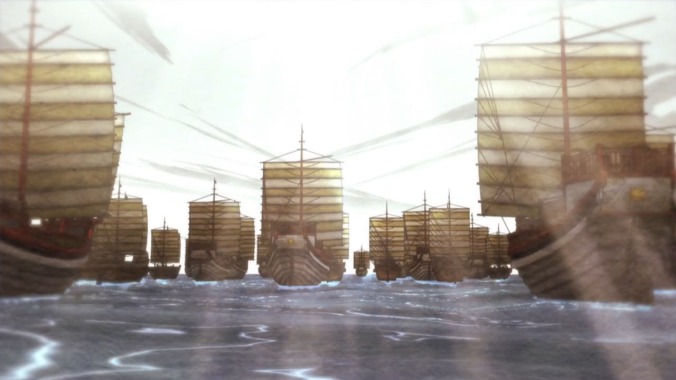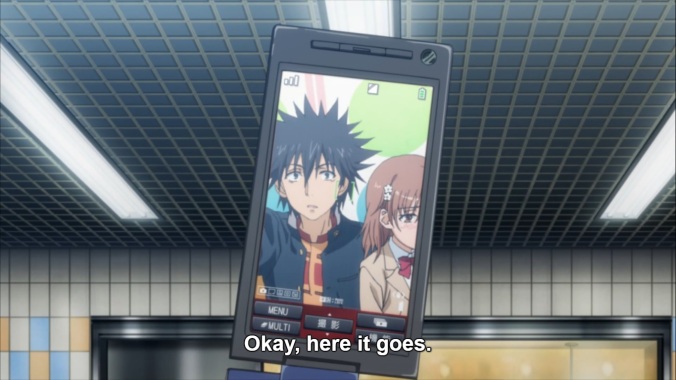Management: This essay is meant to be less of a review and more of analysis of the show being examined. It contains spoilers for Danganronpa. This essay is a re-write of an earlier article on the same subject.

In Danganronpa, there is Despair and her Remnants. In addition to the Ultimate Despair Junko Enoshima of Dangaronpa 1, there are also the Remnants of Despair of Danganronpa 2. In the Danganronpa universe, the Remnants of Despair are Junko’s agents: sewing chaos, mayhem… mass Despair, generally. According to the Danganronpa lore, most killed themselves after learning Junko was defeated. Several managed on to justify living on, causing trouble for our heroes. Some of these Remnants genuinely believe in despair and worship Junko. Others were brainwashed or manipulated into becoming Remnants. The Ultimate Lucky Student and Hope Fetishist Nagito Komaeda was persuaded by Junko to become a Remnant. Junko convinced that if Hope prevails at humanity’s darkest hour, he’ll experience his best… release yet. All he has to pursue his agenda of hope is… help make things super dark for humanity. Nagito’s weird.
In the Danganronpa 3 anime, Former Hope’s Peak Academy Headmaster Kazuo Tengan masquerades as a Remnant, in hopes of winning an ultimate victory for… well, Hope. He organizes a terrible new killing game, hoping it will make things so bad that it will convince the Ultimate Animator to unleash his talents on the world. You might ask what’s so terrifying about an animator, and the answer to that would be because it’s Danganronpa, at least in part. Ultimate Animator Ryota has not only the capacity to make engaging and compelling anime. His animator skills also give him the ability to outright brainwash and mind control people. In his quest to craft the ultimate anime capable of moving everyone who watches it, Ryota’s talents were manipulated by Junko to cause the apocalypse through mass hypnosis mind control. Kazuo is now trying to utilize his talents to reverse it… by also using mass hypnosis mind control.
As an arguable, albeit unwilling, Remnant of Despair himself, his skills have the power to change people for the kinder and for the terrible. To be clear, while effective propaganda can influence how people behave in certain situations, Danganronpa 3 is not an accurate example of how propaganda actually works. It oversimplifies the power media consumption have at shaping viewer psychology. Animation is a type of media, and where influencing media consumers are concerned, the power animation has over how people think is conditional. The show unrealistically imagines that it is possible that media creators in its universe, the Ultimate Animator specifically, can brainwash other people through a glass reflection’s glance if they’re “Ultimate” enough. Despite what’s possible in Danganronpa and what’s actually possible in real life, the anime nonetheless got me thinking about real-life parallels. For me, Danganronpa 3 seemed to be subtly drawing a connection between its Ultimate Ryota and Japanese creators such as cartoonists and animators. Willingly and unwillingly, wittingly and unwittingly, these artists channeled their skills into creating propaganda for certain causes, like World War II-era Imperial Japan and the cult of Aum Shinrikyo.






